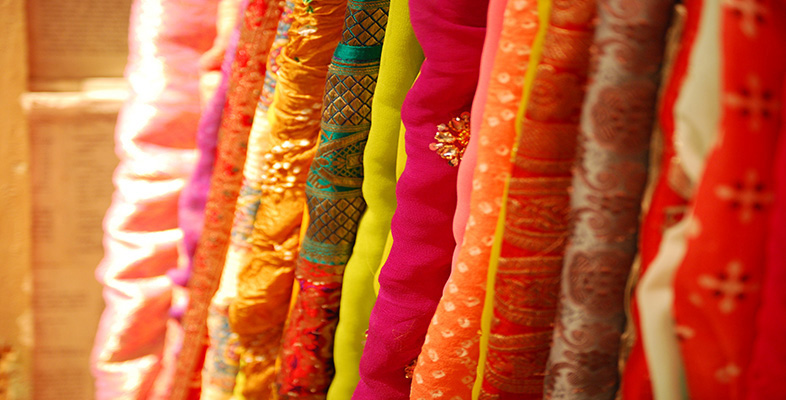2.6 Questions
Now that you’ve been introduced to kente and adinkra, you might like to think about the questions in the activity below. The purpose of these questions is to encourage you to think about the broader issues and themes mentioned in Section 2. Later on you will have more information to go on, but it is worth noting what you can now and generating some first thoughts in relation to these questions.
Activity 6
Consider the following questions:
What information have you gleaned so far about the two different techniques and their relative status?
How do they compare in terms of function and status, media, and processes or working patterns?
How time consuming are they?
What sorts of skill are buyers purchasing?
Discussion
These are my preliminary comments:
Function/status
Kente is associated with important occasions, but it is linked especially with high social office and is more of a wealthy person’s status symbol. Adinkra is associated with funerals and thus important occasions in the lives of everyone.
Kente is designed to be felt (‘beautiful’, like silk) as well as for appearance. Adinkra is designed to be looked at.
Media
Kente uses imported rayons. Adinkra requires local materials for the dyes. (An additional piece of information, which we were not able to give you on film, is that the pieces of cotton used by adinkra dyers are now imported cloths.)
Ways of making kente and adinkra have shifted and continue to shift. We were told that kente weavers had first used cotton and vegetable dyes, then bought silks from European traders, and then had begun using rayon. The most recent introduction is the use of lurex to achieve ‘glitter’. While Kojo Fosu had talked only of vegetable dyes being used for adinkra, we saw cloths that had black-stamped designs on red and blue grounds hanging up in the workshop. (The older technique on the black ground was also demonstrated.)
Processes/time involved
Kente is very time consuming to produce, with one strip of the best cloth taking at least a day to make. We were told that there were grades of skill: only 10 per cent of workmen are able and willing to make some difficult designs. So far it looks as if kente weaving is more in the control of one man. (In the past, when kente thread was homespun, it would have involved more collaboration.) Adinkra takes several weeks to make and involves the input of dyer, stamp carver, and printer in a collaborative process.
With kente the decisions and exact calculations take place right at the start, before the weaving begins. The design and colour choices must be thought out before warping up the loom, and the plan must then be steadily and accurately followed through with no changes.
Adinkra depends on a lengthy dyeing process (of six dippings) to obtain the depth and evenness of hue. It requires precision, speed, and decisiveness at the printing stage. Design activity is concentrated towards the end of the making process.
What is being bought?
In both cases, the buyer is acquiring skilful design and execution.
